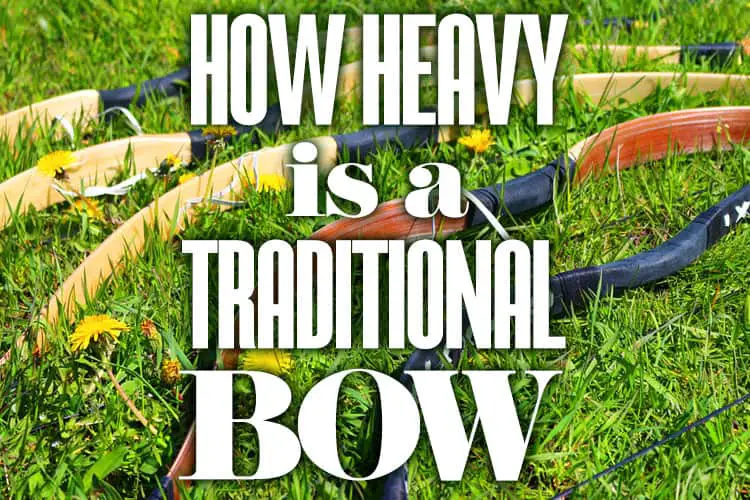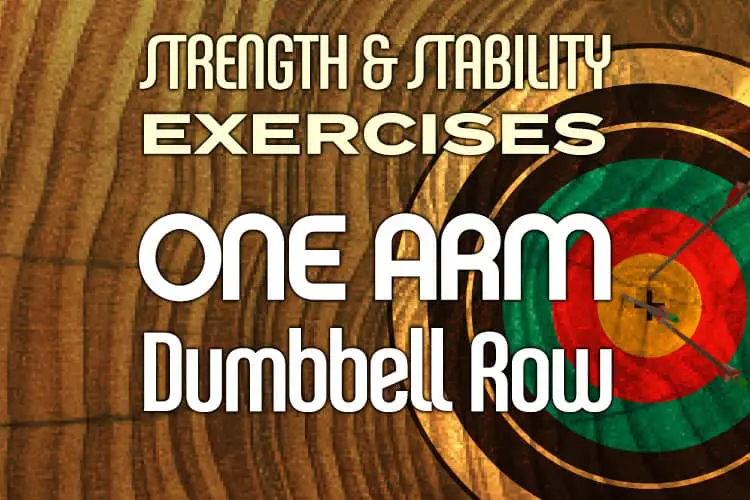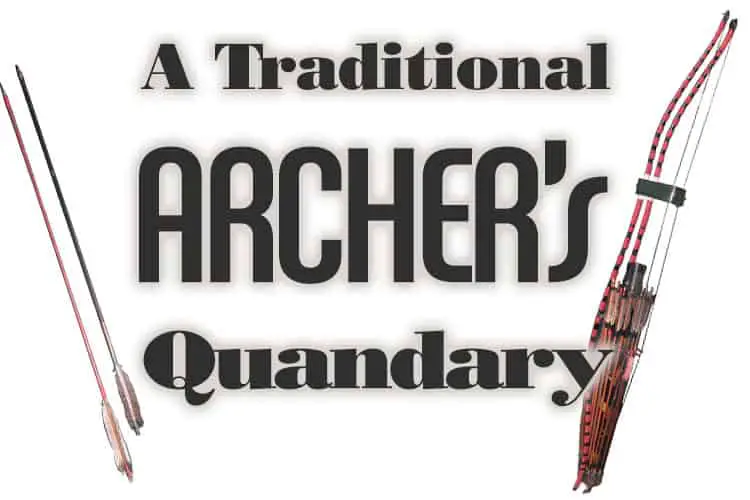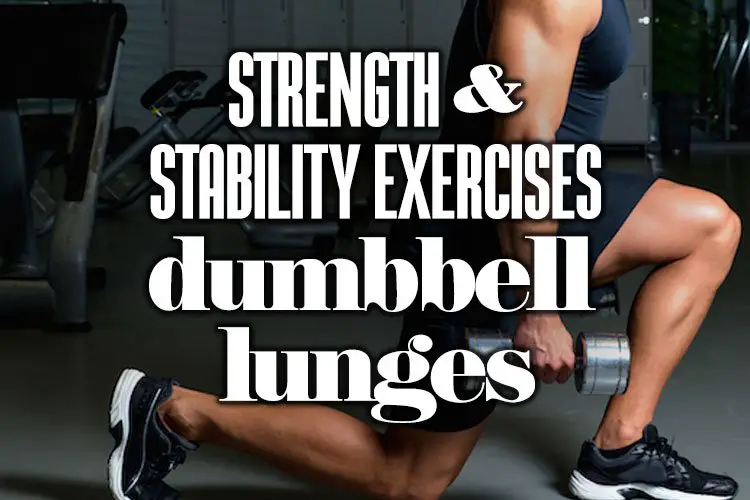[Updated 1 January 2024] Archery targets are a necessary part of improving archery skills. They are needed in practice and competitions to determine and improve accuracy. However, a lot of people neglect the basic facts about them, like “what are archery targets made of”, and “how you should pick one for your own use”. For those who have just got into the hobby, here are the basic facts about archery targets. Target Types: Archery Target Basics One of the first things you need to understand is that all commercial targets nowadays are divided into four types. Knowing the basic types of archery targets are the most essentials. Paper Targets First, there are paper targets. These targets are essentially just sheets of archery paper that have target shapes on them. You place them on the wall or over a solid backing to shoot at. These targets are usually for more than archers.…
How Heavy is a Traditional Bow
[Updated on 1 January 2024] If you look at a traditional bow, it doesn’t seem all that heavy. It doesn’t have a lot of moving parts and its profile is pretty thin. Anything can get heavy if you have to carry it over long periods of use. Whether you are using your traditional bow for hunting or competition, it will start to wear on your arm and make aiming a literal and figurative pain. How heavy is a traditional bow that it could have this effect? It is important to note when you are researching traditional bow weight that there is a difference between physical weight and draw weight. Draw weight is the power behind the bow and reaches upwards of sixty pounds in some cases. Bows will rarely reach the six to seven-pound range, and if they do, they most likely have additional accessories for specific uses. How Much…
Strength & stability exercises for bow shooting
[Updated 1 January 2024] After a day at the shooting range with a few buddies; I realized my shots getting sloppier as the day went on. My arms and shoulders became slightly numb over the course of just a few shots. The strings on my bow are relatively new. But, I didn’t have the necessary upper body strength to hold the bow stable enough before I take the shot. I realized that body stability together with hand/eye coordination are a few of the deciding factors that go into the perfect shot. One Arm Dumbbell Row This Strength & stability exercises develop your arms as well as your lats. It can be done in a gym or at home with a straight bench and a bottle full of coins as weights if you don’t have a dumbbell. Affected muscle groups for this exercise Deltoids Biceps brachii Serratus anterior Trapezius Triceps brachii…
Diy Bow Stand
[Updated 1 January 2024] If you do not have the time or budget to buy a bow stand than One thing you can do is to make your own bow stand. WHAT YOU NEED YOUR OWN BOW STAND Plywood – cut to 2ft. x 2ft. 3 pcs. PVC Flange 4 pcs. Elbow Fitting 3 pcs. PVC T Fitting 2” diameter PVC Pipe Cut to varying lengths HOW TO MAKE YOUR OWN BOW STAND 1. Start by affixing 2 of the front flange on the plywood. They should be 17” apart from center to center of both holes. 2. Put together the set of pipes and fittings that will make up the front legs and hanger for the bow before you set both in the flanges. 3.1 Put together the third leg separately before attaching it to the elbows. 3.2 Heat the pipe to make a bend before cutting it to…
Beginners Bow Setup
[Updated 1 January 2024] Things required for Beginners Bow Setup BOW ASSEMBLY ATTACHING THE LIMBS Identify the upper and lower limbs. Slide the upper limb towards the grove on the riser until the holes on the limb and the riser align. Hand tighten the limb bolts. Do the same with the lower limb. ATTACHING THE BOW STRING Check the loops on both ends of the string. One loop should be larger than the other. Slide the larger loop over the upper limb past the string nock and affix the smaller loop onto the lower limb string nock. Flex the upper limb or use a bow stringer to slide the top loop towards the upper limb string nock. Check to make sure that the loops are secured to the string nocks. Tighten the limb bolts with an allen key. ATTACHING NOCK POINTS Use a bow square or a T-square to find…
A Traditional Archer’s Quandary
[Updated 1 January 2024] Traditional archers are a breed apart. We’ve chosen to adhere to the “Old School” and shoot with fingers rather than a trigger. That simple statement should stand alone, but it doesn’t. Shooting with fingers and a longbow, or recurve can present an archer with another question. Do I shoot the tried and true, split-finger method, index finger above the nock, middle and third fingers below, or should I shoot three fingers under the nock and “walk” the string? Let’s take a look at the advantages of both, and also the balance of the bow as we shoot. Nearly all bows are set up to be used with the arrow on a rest that is center of the bow. A nocking point locates a level line from the rest to the string, and we’ve all spent a moment or more making sure that line is right, prying…
Strength & Stability Exercises – Dumbbell Lunges
[Updated 1 January 2024] After a day at the shooting range with a few buddies, I realized my shots getting sloppier as the day went on. My arms and shoulders became slightly numb over the course of just a few shots. The strings on my bow are relatively new but, I didn’t have the necessary upper body strength to hold the bow stable enough before I take the shot. I realized that body stability together with hand/eye coordination are a few of the deciding factors that go into the perfect shot. A few days after, I told my sister about what I realized and she recommended that I come with her to the gym and consult a trainer about body strengthening and stability. I took her advice and the trainer really helped, and it was because I had a clear reason for why I wanted to get better! I learned…








